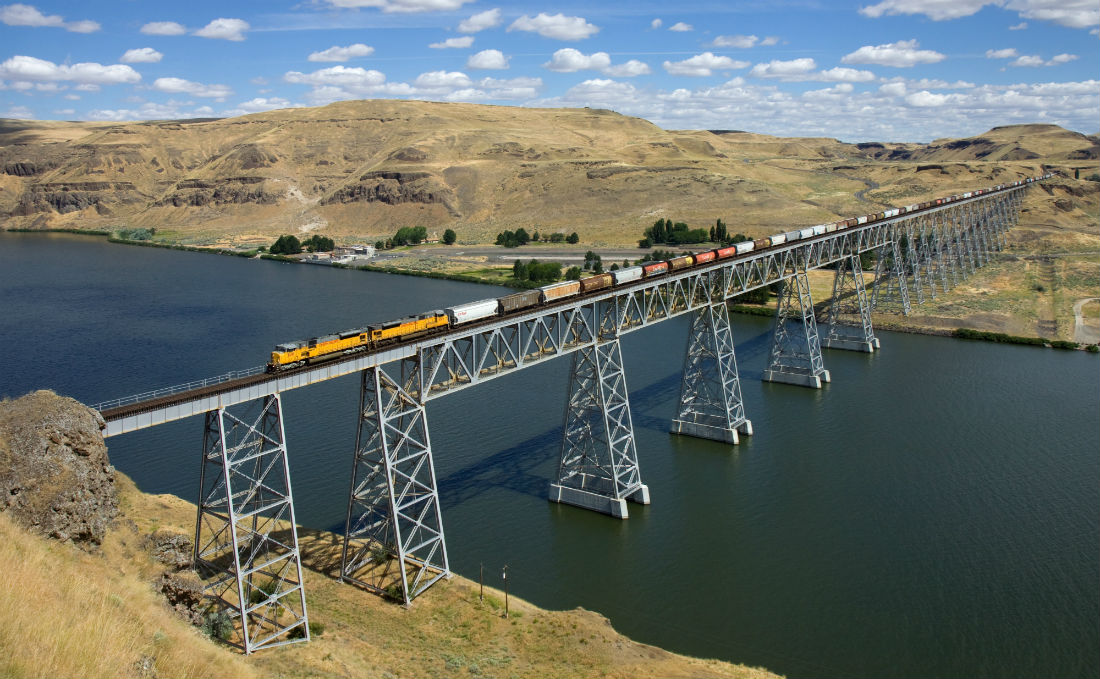2014 Best Year for Supply Chain and Logistics since Great Recession
The revelation comes from the Council of Supply Chain Management Professionals (CSCMP) 26th Annual “State of Logistics Report.
This year’s State of Logistics Report revealed that the supply chain industry experienced its best year since the Great Recession. The report examined the economic vitality and associated challenges facing each segment of the logistics industry. It also tracked and measured all costs associated with moving freight through the U.S. supply chain since 1988.
According to the research the transportation sector grew by 3.6 per cent in 2014 due to stronger shipment volumes rather than higher rates. The U.S. economy was on solid ground. New job creation was consistent, real net income and household net worth inched up, inflation was low-to-moderate and gas prices tumbled, providing consumers with additional buying power.
The report revealed total U.S. business logistics costs rose to $1.45 trillion in 2014, a 3.1 per cent increase from the previous year. However, the growth rate for logistics costs was lower than the U.S. gross domestic product (GDP), resulting in a slight decline in logistics as a percent of GDP from 8.4 per cent to 8.3 per cent.
Costs for the water sector rose 8.9 per cent, the second highest growth sector in 2014. Inland waterway traffic rebounded due to successful agricultural harvests, higher demand for coal and an expansion of petroleum transportation by barge. Shipments through the nation’s ports increased, with East Coast ports seeing the largest percentage of gains due to congestion and delays at West Coast ports caused by protracted labour issues.
And in 2014 air cargo sector costs declined 1.2 per cent as competition from other modes kept rates down; however, in 2014, a record $968 billion of high value merchandise was moved by air—$443.8 billion in exports and $543.3 in imports.
“Today’s market-leading companies use their supply chains to drive innovation and competitive advantage,” stated Marc Althen, president of Penske Logistics. “This in-turn drives demand for logistics providers. While demand for logistics is increasing, the industry faces a talent shortage and needs more logistics engineers, technology professionals, warehouse workers, and truck drivers to meet the needs of current and evolving freight fulfillment models businesses and consumers rely on for their goods and services.”
